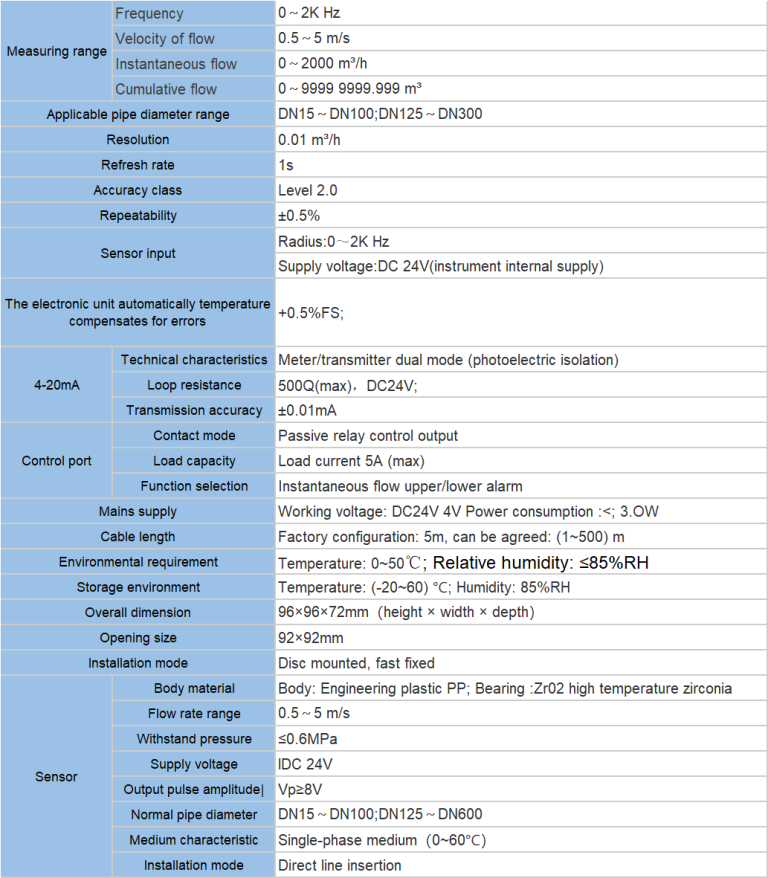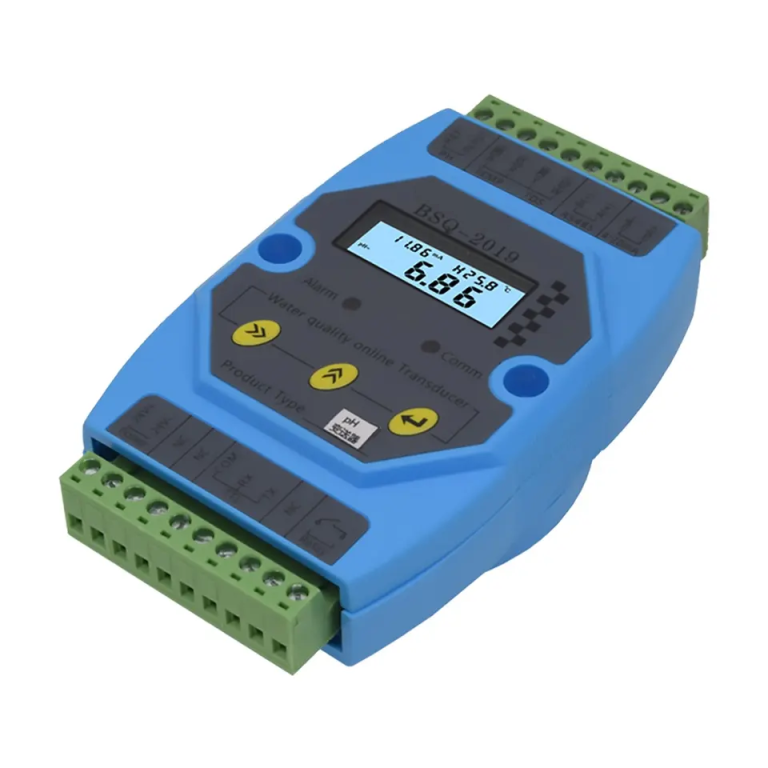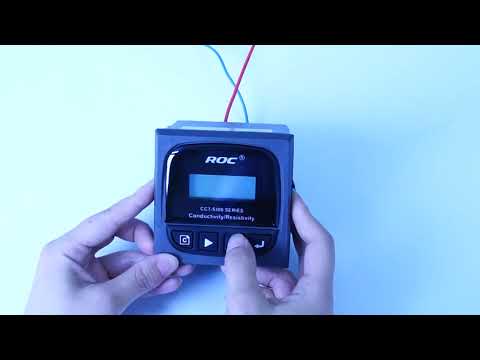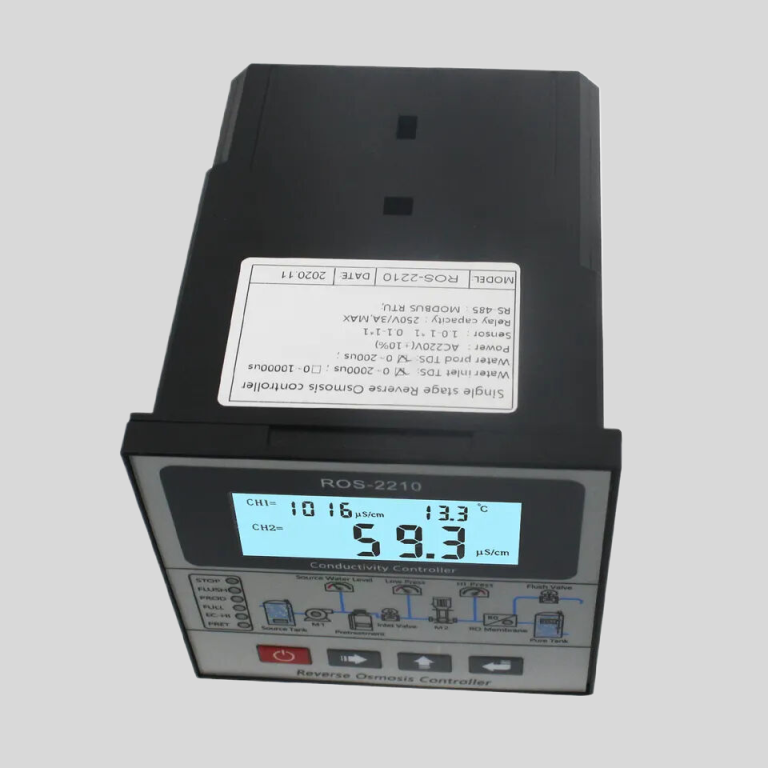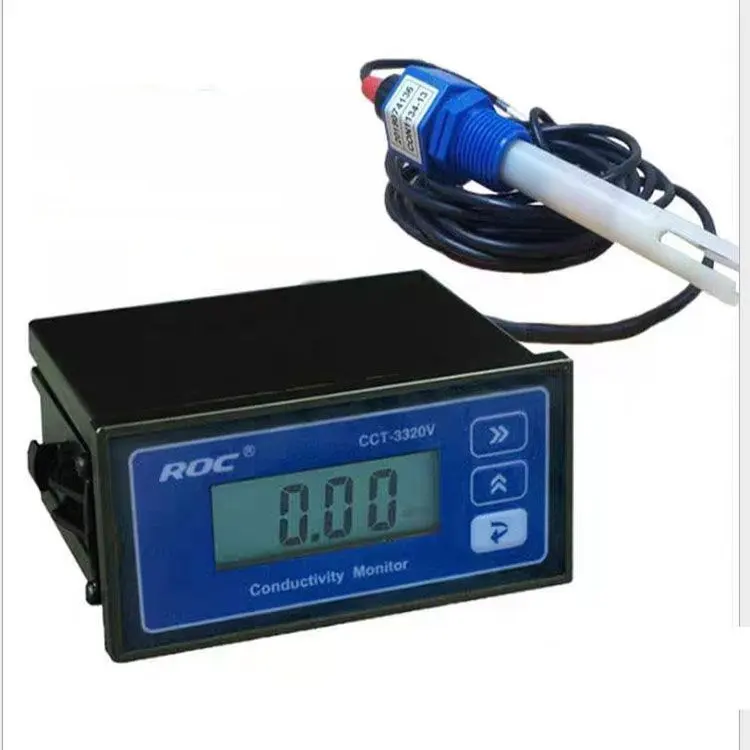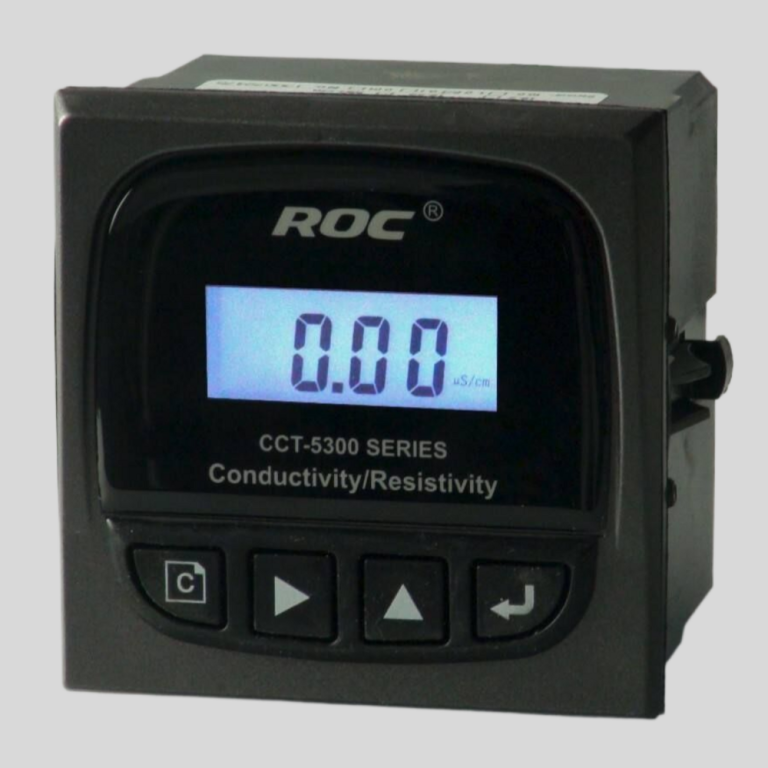Table of Contents
Understanding the Importance of Water Pathogen Testing
Water pathogen testing is a critical aspect of public health that often goes unnoticed until a crisis occurs. It is a scientific process that involves the detection and identification of harmful microorganisms in water that can cause diseases in humans. These microorganisms, known as pathogens, include bacteria, viruses, and parasites. The importance of water pathogen testing cannot be overstated, as it plays a pivotal role in ensuring the safety and quality of our water supply.
Waterborne diseases are a significant global health concern. According to the World Health Organization, approximately 2 billion people worldwide use a drinking water source contaminated with feces. This contamination can lead to a wide range of diseases, including cholera, dysentery, typhoid, and polio. In fact, it is estimated that contaminated drinking water is linked to 485,000 diarrheal deaths each year. Therefore, regular testing for waterborne pathogens is essential to prevent these diseases and protect public health.
| Model | TUR-6101 Laser Turbidity Data Acquistion Terminal |
| Range | 0-10/100/4000NTU or as required |
| Display | LCD |
| Unit | NTU |
| DPI | 0.01 |
| Accuracy | ±5% FS |
| Repeatability | ±1% |
| Power | ≤3W |
| Power Supply | AC 85V-265V±10% 50/60Hz or |
| DC 9~36V/0.5A | |
| Working Environment | Ambient temperature:0~50℃; |
| Relative humidity≤85% | |
| Dimensions | 160*80*135mm(Hanging) or 96*96mm(Embeded) |
| Communication | 4~20mA and RS-485 communication (Modbus RTU) |
| Switched output | Three-way relay,capacity 250VAC/5A |
Water pathogen testing is also crucial for the maintenance of our water infrastructure. It helps to monitor the effectiveness of water treatment processes and identify any potential issues before they become significant problems. For instance, if a water sample tests positive for a particular pathogen, it may indicate a failure in the treatment process or a breach in the distribution system. This information can then be used to take corrective action and prevent further contamination.

Moreover, water pathogen testing is not only important for drinking water but also for recreational waters. Many people enjoy swimming in lakes, rivers, and oceans, but these waters can also be contaminated with pathogens. Exposure to these pathogens can lead to recreational water illnesses, such as gastrointestinal, skin, ear, respiratory, eye, neurologic, and wound infections. Regular testing of recreational waters can help to identify any potential risks and inform the public about the safety of these waters.
The process of water pathogen testing involves several steps. First, a water sample is collected from the source to be tested. This sample is then analyzed in a laboratory using various methods, depending on the type of pathogen being tested for. These methods may include culture-based methods, molecular methods, or microscopy. Once the testing is complete, the results are interpreted and reported. If pathogens are detected, further action may be required, such as additional testing, treatment, or public notification.
In conclusion, water pathogen testing is a vital tool in the fight against waterborne diseases. It helps to ensure the safety and quality of our water supply, protect public health, and maintain our water infrastructure. Despite its importance, however, it is often overlooked until a crisis occurs. Therefore, it is crucial to raise awareness about the importance of water pathogen testing and advocate for its regular implementation. By doing so, we can help to prevent the spread of waterborne diseases and ensure the health and well-being of our communities.
Innovative Methods in Water Pathogen Testing: A Comprehensive Guide
Water pathogen testing is a critical aspect of public health, ensuring the safety and quality of our water supply. It involves the detection and identification of harmful microorganisms, such as bacteria, viruses, and parasites, that can cause diseases in humans. Over the years, traditional methods of water pathogen testing have been improved upon, and innovative methods have been developed, offering more accurate, faster, and cost-effective solutions.
One of the most significant advancements in water pathogen testing is the use of molecular techniques. These methods, such as Polymerase Chain Reaction (PCR) and Next-Generation Sequencing (NGS), allow for the rapid and precise identification of pathogens. PCR, for instance, amplifies the DNA or RNA of the pathogen, making it easier to detect even in low concentrations. NGS, on the other hand, can identify multiple pathogens simultaneously, making it a powerful tool for comprehensive water testing.
Another innovative method is the use of biosensors, which are devices that use biological materials to detect the presence of specific pathogens. These biosensors can be designed to be highly sensitive and specific, allowing for the rapid detection of pathogens without the need for complex laboratory procedures. Some biosensors even have the capability to transmit data in real-time, providing immediate information about the water quality.
Flow cytometry is another cutting-edge technique used in water pathogen testing. This method uses a laser to analyze individual particles in a fluid as they pass through a beam of light. The light scattering and fluorescence properties of the particles are then used to identify and quantify the pathogens present. Flow cytometry offers high-speed analysis and the ability to detect a wide range of pathogens, making it a valuable tool in water testing.
| Product Model | DOF-6310 (DOF-6141) |
| Product Name | Dissolved oxygen data collection terminal |
| Measuring Method | Fluorescence Method |
| Measurement range | 0-20mg/L |
| Accuracy | ±0.3mg/L |
| Resolution | 0.01mg/L |
| Response time | 90s |
| Repeatibility | 5%RS |
| Temperature compensation | 0-60.0℃ Accuracy:±0.5℃ |
| Air pressure compensation | 300-1100hPa |
| Stand pressure | 0.3Mpa |
| Communication | RS485 MODBUS-RTU standard protocol |
| Power | DC(9-28)V |
| Power comsuption | <2W |
| Operational envrionment | Temperature:(0-50)℃ |
| Storage Environment | Temperature:(-10-60)℃; Humidity:≤95%RH(None condensation) |
| Installation | Submerged |
| Protection Level | IP68 |
| Weight | 1.5Kg(with 10m cable) |
While these innovative methods offer numerous advantages, they also come with challenges. For instance, molecular techniques require specialized equipment and trained personnel, which may not be available in all settings. Biosensors, while promising, are still in the developmental stages and their long-term reliability and robustness need to be further evaluated. Flow cytometry, although powerful, can be expensive and requires a high level of expertise to interpret the results.
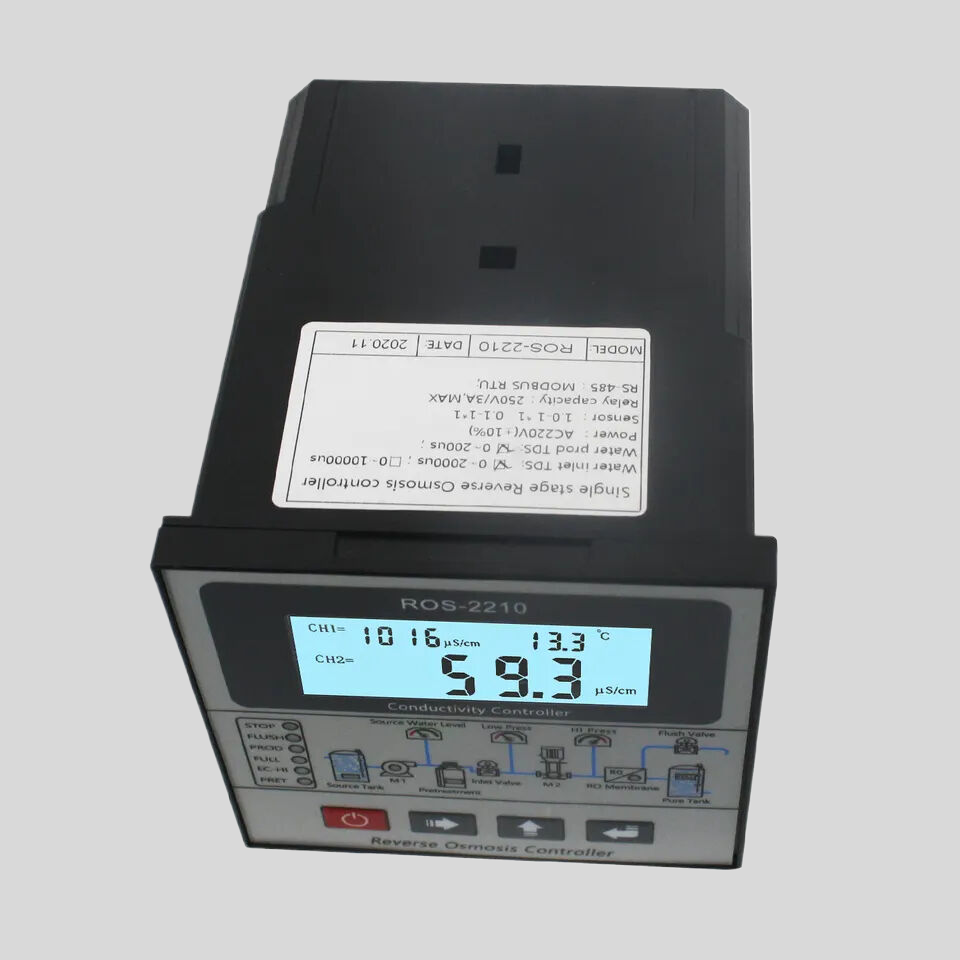
Despite these challenges, the advancements in water pathogen testing are promising. They offer the potential for more accurate, faster, and cost-effective testing, which is crucial in ensuring the safety of our water supply. As these methods continue to be refined and new technologies are developed, we can expect further improvements in our ability to detect and identify waterborne pathogens.
In conclusion, water pathogen testing is a rapidly evolving field, with innovative methods offering significant improvements over traditional techniques. From molecular techniques to biosensors and flow cytometry, these advancements are revolutionizing the way we ensure the safety and quality of our water supply. As we continue to face the challenges of waterborne diseases, these innovative methods will play a crucial role in protecting public health.

